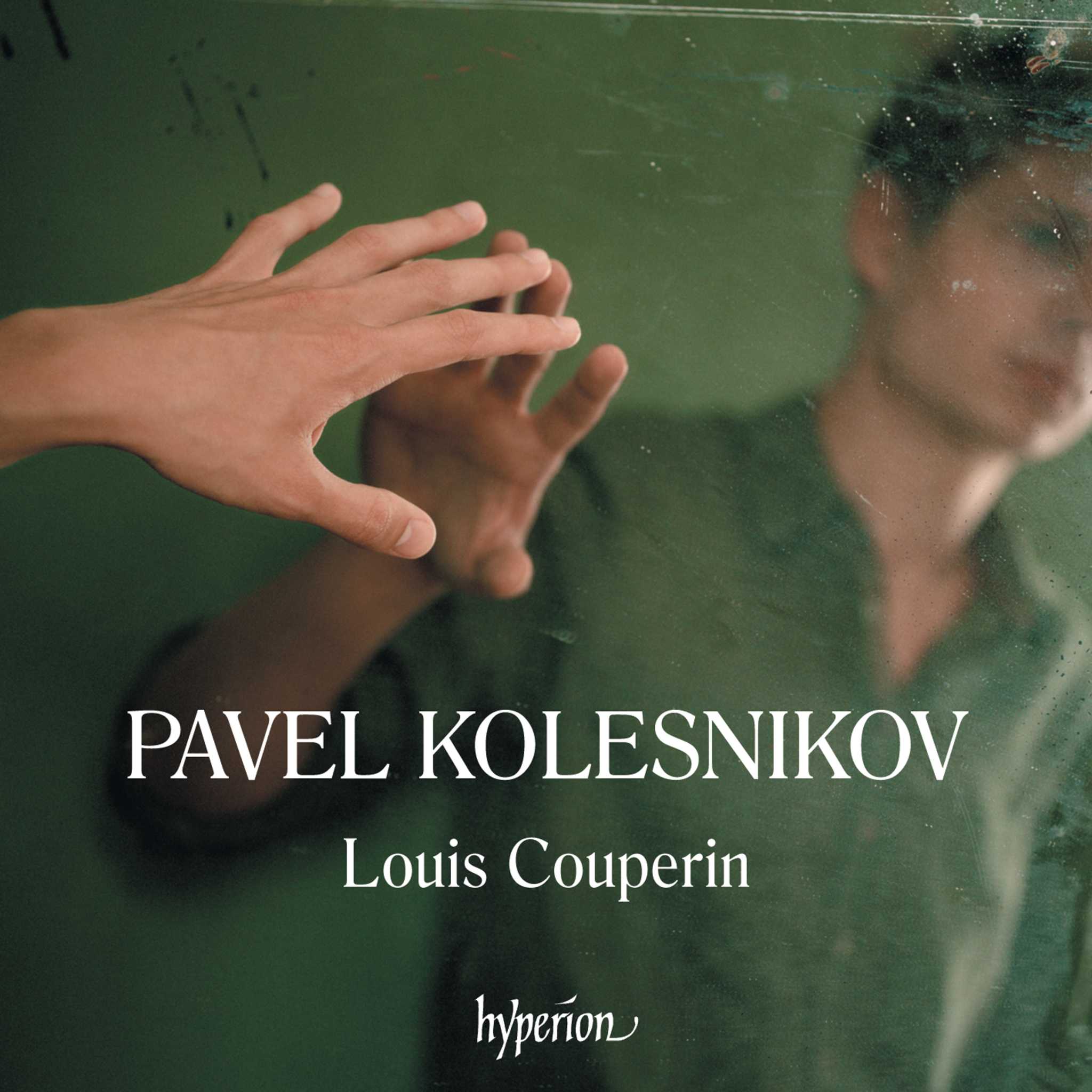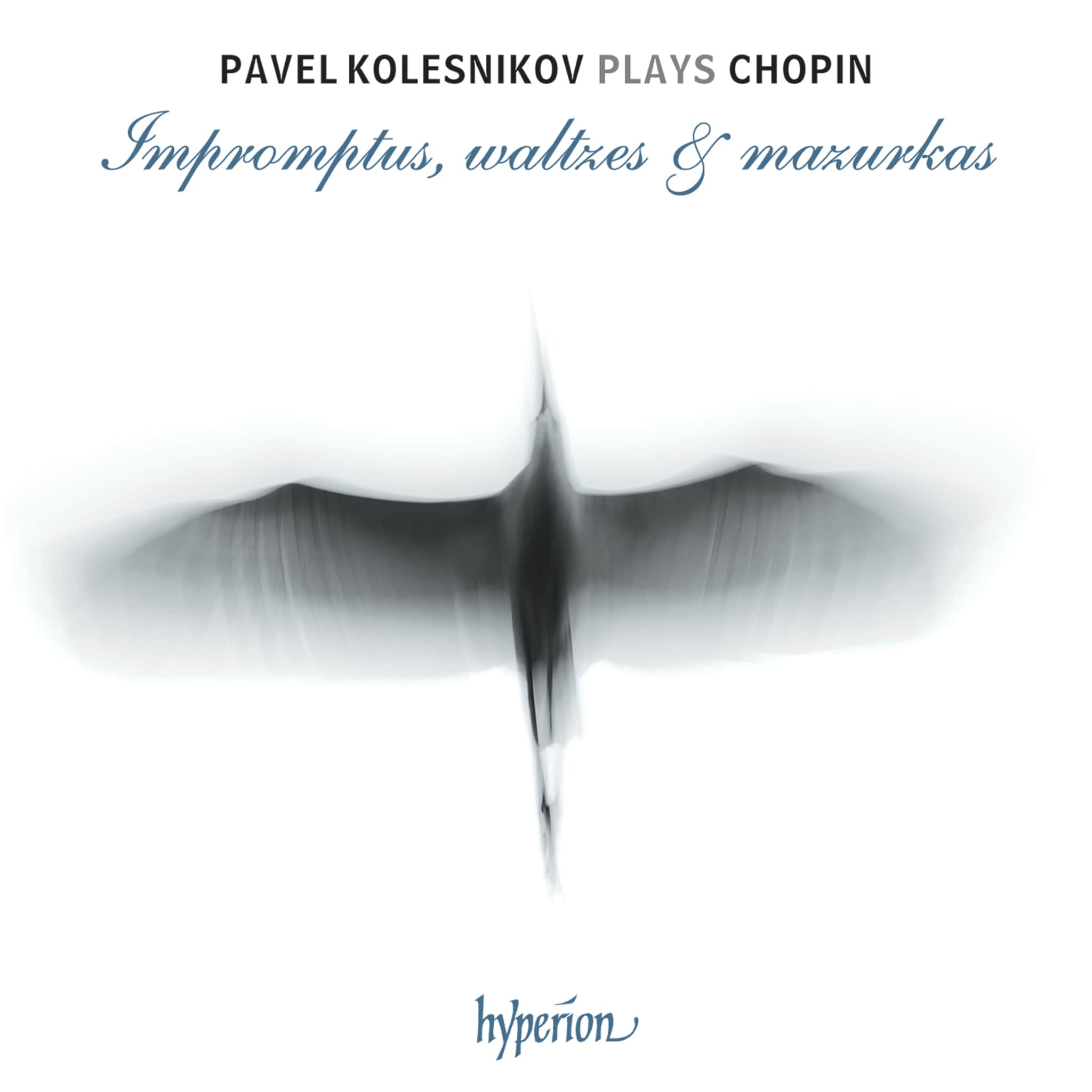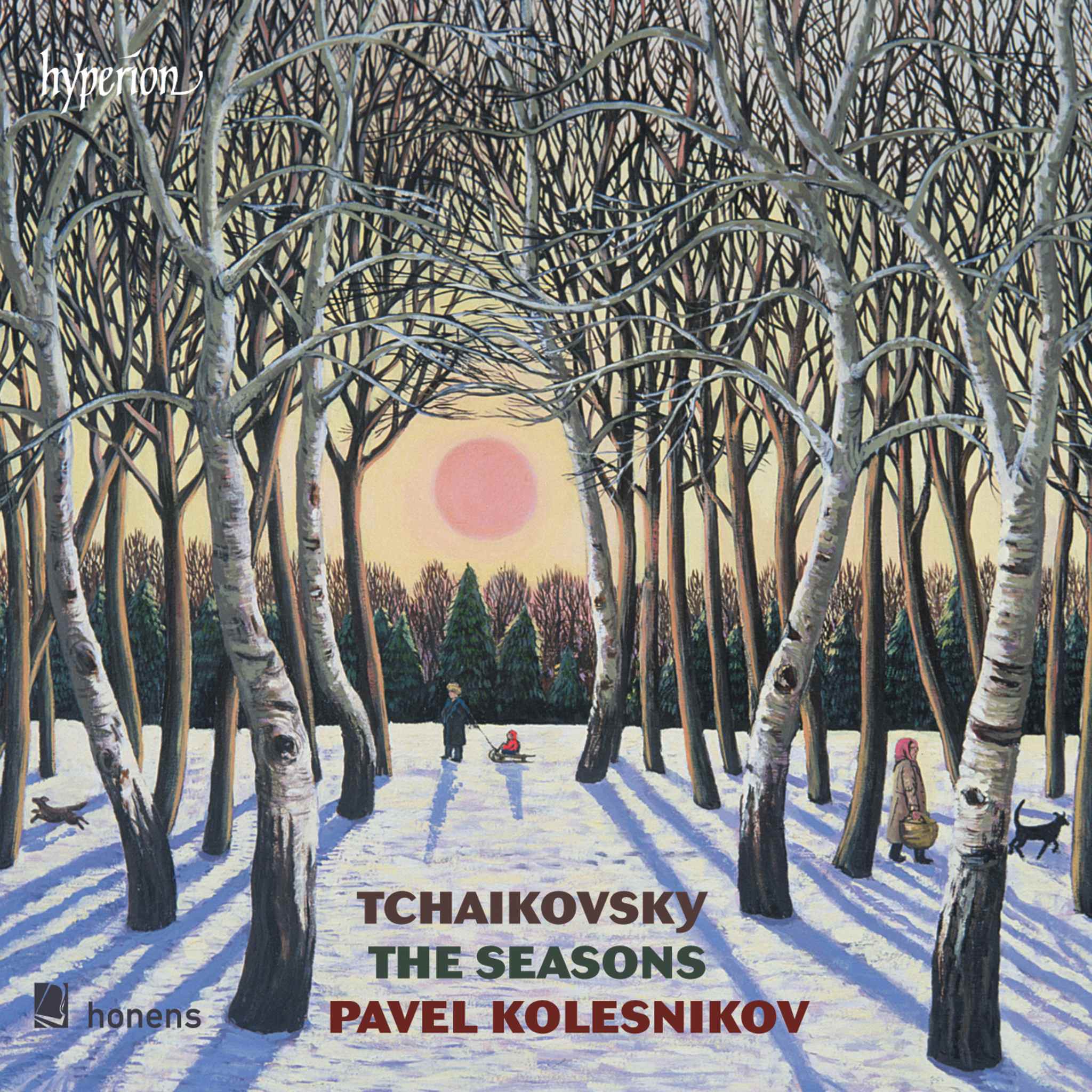Album insights
Die Polonaise erscheint als stilisierter Tanz in der Kunstmusik bereits seit dem Ende des 16. Jahrhunderts. Mit seinen Polonaisen bekannte sich Chopin gleichzeitig zu seinem Heimatland Polen. Diese Gattung begleitete ihn praktisch von Kindheit an. Seine erste gedruckte Komposition war eine Polonaise (KK IIa Nr. 1 in g-moll), die er im Alter von sieben Jahren komponierte. Auch die erst nach seinem Tod veröffentlichten drei Polonaisen op. 71 sowie KK IVa Nr. 1–3, 5 und 8 entstanden während seiner Jugendzeit in Warschau. Zu den reifen Werken zählen dann die sieben großen Polonaisen Op. 26 Nr. 1 und 2, Op. 40 Nr. 1 und 2, Op. 44 und 53 sowie besonders die Polonaise-Fantaisie op. 61 von 1845/46, Chopins letzte bedeutende Klavierkomposition. In ihrer Verbindung aus Festlichkeit und Eleganz, aus Kraft und Geschmeidigkeit, aus heroischem Pathos und lieblicher Anmut bezeugen sie alle die herausragende Kunst dieses Komponisten.
Besonders bekannt ist Chopins Polonaise A-dur op. 40 Nr. 1, die auch als "Militär-Polonaise" bezeichnet wird. Der straffe Rhythmus, die trommelartigen Wirbel im Mittelteil und die heroische Gesamthaltung des Werkes erinnern tatsächlich an Militärmusik. Trotz der ungebrochenen Beliebtheit dieses Stückes ist die Quellenlage komplex: Es existieren zwei unterschiedliche Quellenstränge, die erheblich voneinander abweichen.





